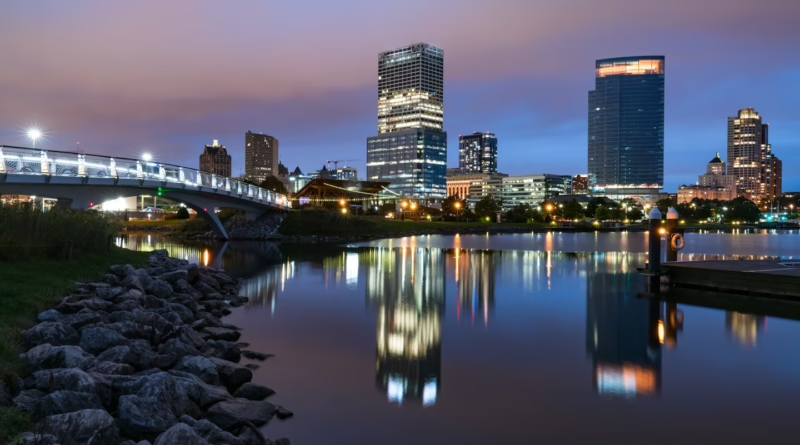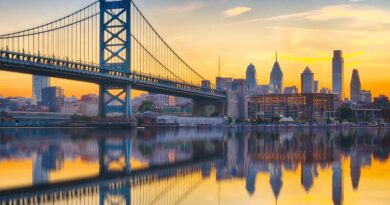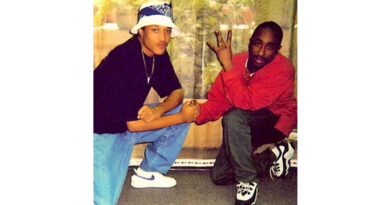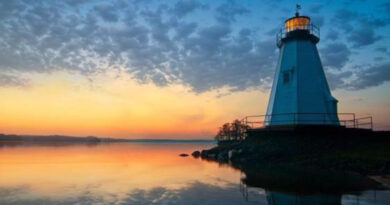20 Fun Facts About Milwaukee Wisconsin
The history of Milwaukee, Wisconsin, is a story of transformation from indigenous settlements to a bustling metropolis. Before European settlers arrived, the area was inhabited by various Native American tribes, including the Menominee, Fox, Mascouten, Sauk, Potawatomi, and Ojibwe. These tribes utilized the land’s rich natural resources and waterways for sustenance and trade.
French fur traders were the first Europeans to explore the Milwaukee area in the late 17th century. However, it wasn’t until the early 19th century that more permanent settlements began to take shape. Solomon Juneau, a French Canadian fur trader, is often credited as one of Milwaukee’s founding fathers. He established Juneautown in 1818, which later merged with two other nearby settlements, Kilbourntown and Walker’s Point, to form the city of Milwaukee in 1846.
Development and Growth
Milwaukee’s strategic location on the shores of Lake Michigan made it an important hub for trade and transportation. The construction of the Milwaukee and Rock River Canal in the 1830s and the arrival of the railroad in the 1850s further boosted the city’s economic growth. Milwaukee quickly became a center for industry, particularly in brewing, meatpacking, and manufacturing.
The brewing industry, in particular, played a significant role in Milwaukee’s development. German immigrants brought with them a rich brewing tradition, and by the late 19th century, Milwaukee was home to some of the largest breweries in the world, including Pabst, Schlitz, Miller, and Blatz. These breweries not only fueled the local economy but also shaped the city’s cultural identity.
20th Century and Modern Era
The early 20th century saw continued industrial growth in Milwaukee, with the city becoming a major manufacturing center. Industries such as machinery, electrical equipment, and automotive parts flourished. However, the Great Depression and subsequent economic changes led to periods of decline and transformation.
In the latter half of the 20th century, Milwaukee underwent significant urban renewal and revitalization efforts. The construction of new infrastructure, including highways and public transportation, helped modernize the city. The decline of traditional manufacturing industries prompted a shift towards a more diversified economy, with a focus on healthcare, education, and technology.
Milwaukee’s cultural scene also evolved, with the city becoming known for its vibrant arts and entertainment offerings. Institutions like the Milwaukee Art Museum, the Milwaukee Symphony Orchestra, and the Milwaukee Repertory Theater became central to the city’s cultural life. Festivals such as Summerfest, one of the largest music festivals in the world, and the Wisconsin State Fair draw visitors from across the country.
Modern Milwaukee
Today, Milwaukee is a dynamic city with a diverse population and a thriving economy. The city’s waterfront along Lake Michigan has been transformed into a hub of activity, featuring parks, museums, and recreational spaces. The Milwaukee Riverwalk, a continuous pedestrian path along the Milwaukee River, has revitalized the downtown area, attracting residents and tourists alike.
Milwaukee is also a city of neighborhoods, each with its own unique character and charm. From the historic Third Ward with its trendy boutiques and restaurants to the eclectic Brady Street and the culturally rich Bronzeville, Milwaukee’s neighborhoods offer a variety of experiences and attractions.
20 Fun Facts About Milwaukee
- Milwaukee is known as the “City of Festivals” due to its numerous annual events, including Summerfest, the Wisconsin State Fair, and Polish Fest.
- The name “Milwaukee” is derived from the Algonquian word “Millioke,” meaning “good land” or “gathering place by the water.”
- Milwaukee is home to the Harley-Davidson Museum, showcasing the history of the iconic motorcycle brand founded in the city in 1903.
- The Milwaukee Art Museum features the Quadracci Pavilion, designed by renowned architect Santiago Calatrava, which has a movable, wing-like structure.
- Milwaukee’s Pabst Theater, built in 1895, is one of the oldest continuously operating theaters in the United States.
- The city is the birthplace of the typewriter, with the first commercial typewriter being produced by the Sholes and Glidden Type-Writer Company in 1873.
- Milwaukee’s Mitchell Park Horticultural Conservatory, known as “The Domes,” features three distinct climate-controlled domes showcasing different ecosystems.
- The iconic Allen-Bradley Clock Tower in Milwaukee is one of the largest four-faced clocks in the world.
- Milwaukee is famous for its frozen custard, with popular local spots like Kopp’s, Leon’s, and Gilles serving up this creamy treat.
- The Milwaukee County Zoo is home to over 2,000 animals and is one of the top zoos in the United States.
- The city has a rich brewing history and is often referred to as the “Beer Capital of the World.”
- Milwaukee’s Public Market, located in the Historic Third Ward, offers a variety of fresh and local foods, crafts, and dining options.
- The city is home to Marquette University, a prestigious private Catholic university founded in 1881.
- Milwaukee’s Lakefront Brewery offers entertaining tours and is known for its unique selection of craft beers.
- The city’s German heritage is celebrated with the annual German Fest, one of the largest German festivals in the United States.
- Milwaukee’s Potawatomi Hotel & Casino is the largest entertainment destination in Wisconsin, offering gaming, dining, and live performances.
- The Milwaukee Bucks, the city’s NBA team, won their first championship in 1971 and their second in 2021.
- The Milwaukee Brewers, the city’s MLB team, play at American Family Field, known for its retractable roof.
- Milwaukee is the setting for the classic TV show “Happy Days,” which aired from 1974 to 1984.
- The city hosts the annual Great Circus Parade, celebrating Milwaukee’s history as a hub for circus companies in the late 19th and early 20th centuries.
Discover more from City Towner
Subscribe to get the latest posts sent to your email.




